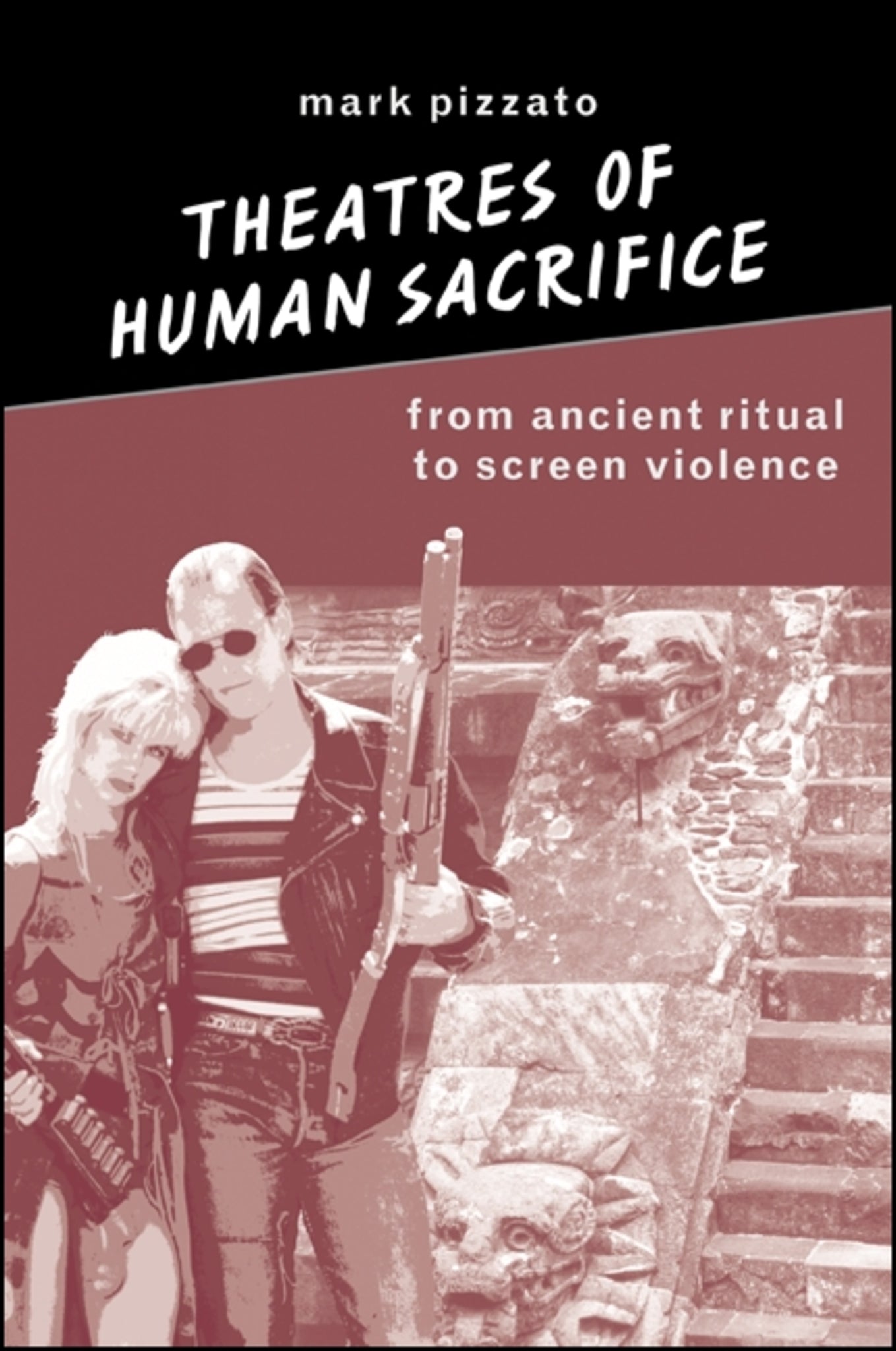We're sorry. An error has occurred
Please cancel or retry.
Theatres of Human Sacrifice

Some error occured while loading the Quick View. Please close the Quick View and try reloading the page.
Couldn't load pickup availability
- Format:
-
18 November 2004

Provides insight into the ritual lures and effects of mass media spectatorship, especially regarding the pleasures, risks, and purposes of violent display.
Contemporary debates about mass media violence tend to ignore the long history of staged violence in the theatres and rituals of many cultures. In Theatres of Human Sacrifice, Mark Pizzato relates the appeal and possible effects of screen violence todayin sports, movies, and television newsto specific sacrificial rites and performance conventions in ancient Greek, Aztec, and Roman culture. Using the psychoanalytic theories of Lacan, Kristeva, and Zðizûek, as well as the theatrical theories of Artaud and Brecht, the book offers insights into the ritual lures and effects of current mass media spectatorship, especially regarding the pleasures, purposes, and risks of violent display. Updating Aristotle's notion of catharsis, Pizzato identifies a sacrificial imperative within the human mind, structured by various patriarchal cultures and manifested in distinctive rites and dramas, with both positive and negative potential effects on their audiences.


"In addressing the problematic effects of dramatic violence, the author treats the subject not only historically as violence has unfolded in external performancesin ritual sacrifice, gladiatorial sports, as well as theatre but also as it unfolds within the mind." — Joseph Natoli, author of Memory's Orbit: Film and Culture 1999–2000
"This is a pathbreaking and definitive investigation of the cultural work that spectacles of violent sacrifice have performed in a multitude of historical contexts. Through this investigation, Mark Pizzato provides a new framework for understanding the spectacle of violent sacrifice as the location where cultural and political debate plays itself out." — Todd McGowan, author of The End of Dissatisfaction? Jacques Lacan and the Emerging Society of Enjoyment
ACKNOWLEDGMENTS
PROLOGOS
Tragedy in Melodrama
Theatre's Material Ghosts and Gods
Ethical Edges
A Sacrificial Imperative
PART ONE: CATHARSIS BETWEEN SACRIFICIAL CULTURES
1. Blood Sacrifice in Ancient Greece and Aztec America
Theatre within Ritual
Transcendental Savagery
Altar-Egos and Body Parts
From Solar to Proscenium Mirrors
The Bottom of the Frame
Animistic Psychology, Puppetry, and Dancing Hearts
Cathartic Encounters with the Real
2. Roman, Aztec, and NFL "Gladiators"
Sacrificial Shades
The Metaphysics of Script and Score
Im-mortal Dances, Costumes, and Props
Star Powers
Audience Participation and Alienation
Melodramatic or Tragic Catharsis
PART TWO: SCREENING REAL MONSTERS
3. Choral Edges in Frankenstein and Natural Born Killers
A Monstrous Gaze
Slices of Space and Time
Edges of Communion in Frankenstein
Violence in the House
Cruel Affect and A-Effect as Cathartic Cures
Choral Born Killers
Male and Female Monsters
4. Brechtian and Aztec Violence in Zoot Suit
Patriarchal Sacrifices
Brechtian Ixiptla Onscreen
Audience Effects of the Perverse Superego
5. Martyrs and Scapegoats in the Films of Scorsese and Coppola
Body and Blood Offerings
Between Animal and Divine
Lucifer Within
Sacrifices That Cannot Be Refused
The Sympathetic Inheritance of Evil
Postmodern Flower War
EXODOS
NOTES
BIBLIOGRAPHY
INDEX



